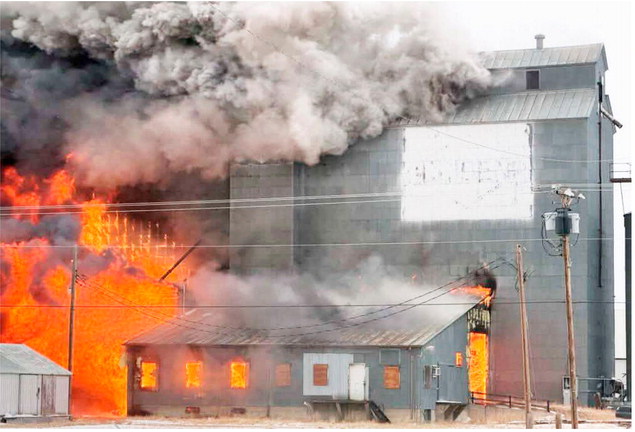Deer Survey Indicate Lower Overall Numbers
Montana Fish, Wildlife and Parks biologists completed 2022 post-season winter and spring aerial surveys of deer populations across Region 6 in northeastern Montana. The surveys indicate variable numbers for mule deer across the region and below average populations of whitetailed deer.
Mule Deer
“A significant drought in 2021 had impacts on the mule deer numbers across the region, most notably in the central and western portion of the region,” said Ryan Williamson, Outlook area biologist.
“The 2021 drought likely led to lower fawn survival and recruitment, as indicated by the lower fawn ratios we saw during the surveys,” added Williamson.
In the south-central portion of the region, including hunting districts (HDs) 620s and 630, numbers were below average, with other districts north of Highway 2, such as 670 and 600, remaining above average, and HD 690 remained near average. Due to population decreases in HDs 620, 630, 670 and 690 compared to the last few years, B-license quotas were reduced prior to the June 1 drawing.
In contrast, hunting districts 640 and 650 in the eastern portion of the region are still well above average and higher numbers of antlerless B-licenses were maintained.
“We appreciate hunters doing their part to help manage the record high mule deer numbers the last few years, “added Williamson. “We are now starting to see mule deer numbers closer to average across the region.”
White-tailed Deer The 2022 winter surveys for white-tailed deer show a density of 7.3 deer per square mile across the trend areas. This is below the long-term average of 10.6 deer per square mile, and the lowest density seen since 2016.
The 2021 drought impacted whitetail habitats and distribution as well, but another significant factor was an outbreak of epizootic hemorrhagic disease, mainly on the eastern portion of the region along the Missouri River.
“The largest EHD impacts were in areas closer to the North Dakota border,” said Williamson, “and winter surveys indicated reductions of over 50% along the Missouri River and Sandhills areas but was noticeably patchy with some areas still maintaining average numbers.”
Scattered pockets of EHD were also observed on the Milk River between Glasgow and Malta and out on the prairie habitats in northeastern pockets of the region, including in the Dagmar and Froid areas.
Obtaining Antlerless B-Licenses Beyond the general deer license (also known as the “A” tag), which is valid for either-sex deer or either species, many options are available to obtain additional antlerless deer licenses (also known as “B” tags). Hunters may hold a total of seven deer B licenses. Besides the June 1 drawing for antlerless mule deer-B licenses, several other options are still available:
• Surplus license list o The surplus license list sign-up is open June 20-July 20. Hunters must go to their myFWP account on the FWP website to sign up for the surplus list. If drawn, hunters must then finalize the purchase of the license/permit within the timeframe specified in an email from FWP, otherwise, the opportunity will be offered to the next hunter on the randomized list.
• Over-the-counter whitetailed deer B-licenses o Hunters can purchase the 006-00 single-region antlerless white-tailed deer B-license (up to four per hunter) over the counter starting Aug. 8. This license is valid in all HDs in Region 6.
• Surplus over-the-counter licenses o Hunters may be able to purchase over-the-counter antlerless mule deer-B surplus licenses (that are left over after the surplus license list is complete), starting Aug. 8.
For any questions on license opportunity, refer to the 2022 deer, elk, and antelope regulations or call your local FWP office: o Glasgow office: 406-228-3700 (open 8 a.m.-5 p.m. M-F) o Havre field office: 406-265-6177 (open 10 a.m.-2 p.m. M-F)

